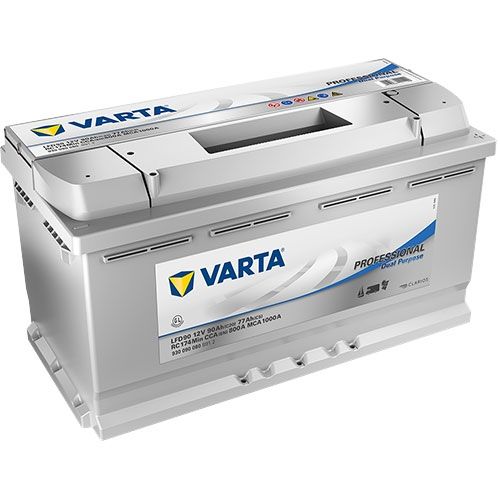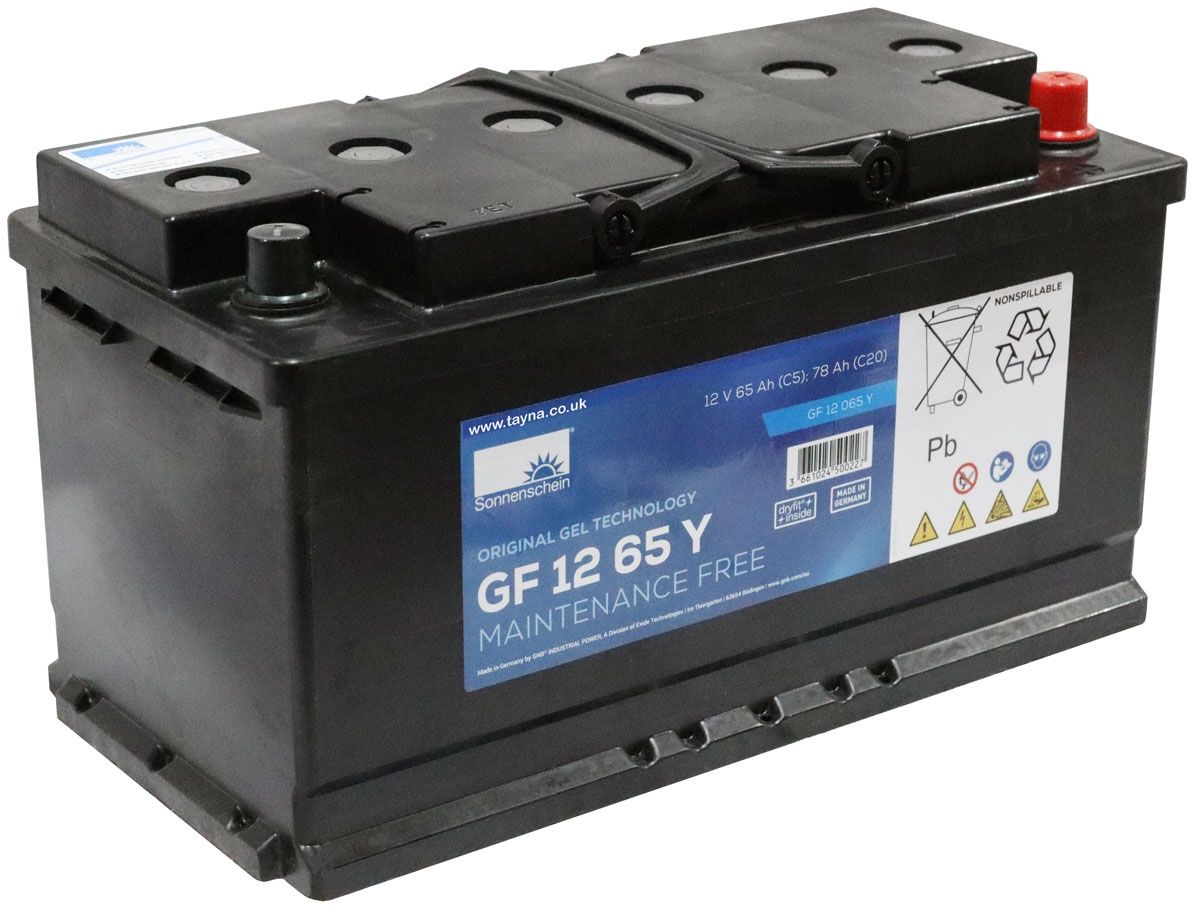- Jan 13, 2020
- 143
- 50
- Funster No
- 67,999
- MH
- Hymer B514
- Exp
- 6 months in a 10m Southwind in the USA (2014). Just bought a Hymer and embarking on a tour of Spain
Hi, I’m in a Hymer and underpowered, working from it with my laptop and only lasting up to 2 days without driving, so I need an emergency refresh. After a reasonable amount of research I’ve found how complex this is - I’m hoping not to have to become an expert on this before I buy as I really need to replace things this weekend! I want to last up to a week year round in Spain starting the engine, do basically want a system which goes up in power not down when the laptop is plugged in.
Solar panels in place = 2x50 (probably) in series. I’d like to add a 300W panel and I have space, aiming for 400W total.
Regulator = NDS SC300M and it says that Maximum peak power for each input is 150WP. Does this mean I can’t stick a panel of more than 150W on it? The other 2 panels are both plugged into input 1. I’ve seen a few makes bandied about, happy to spend more for a good MPPT. Any recommendations?
The batteries are old and having had them tested yesterday one is duff and the other is vaguely ok so I’ll replace both. Should I go for the max Wh that fits in the space or do I need to size them for the panels?
I feel I could make too many mistakes here, is there such thing as an expert to call and pay for advice without having to buy from them?
A little worried and definitely overwhelmed with figures which immediately emerge on this topic!!
Solar panels in place = 2x50 (probably) in series. I’d like to add a 300W panel and I have space, aiming for 400W total.
Regulator = NDS SC300M and it says that Maximum peak power for each input is 150WP. Does this mean I can’t stick a panel of more than 150W on it? The other 2 panels are both plugged into input 1. I’ve seen a few makes bandied about, happy to spend more for a good MPPT. Any recommendations?
The batteries are old and having had them tested yesterday one is duff and the other is vaguely ok so I’ll replace both. Should I go for the max Wh that fits in the space or do I need to size them for the panels?
I feel I could make too many mistakes here, is there such thing as an expert to call and pay for advice without having to buy from them?
A little worried and definitely overwhelmed with figures which immediately emerge on this topic!!



